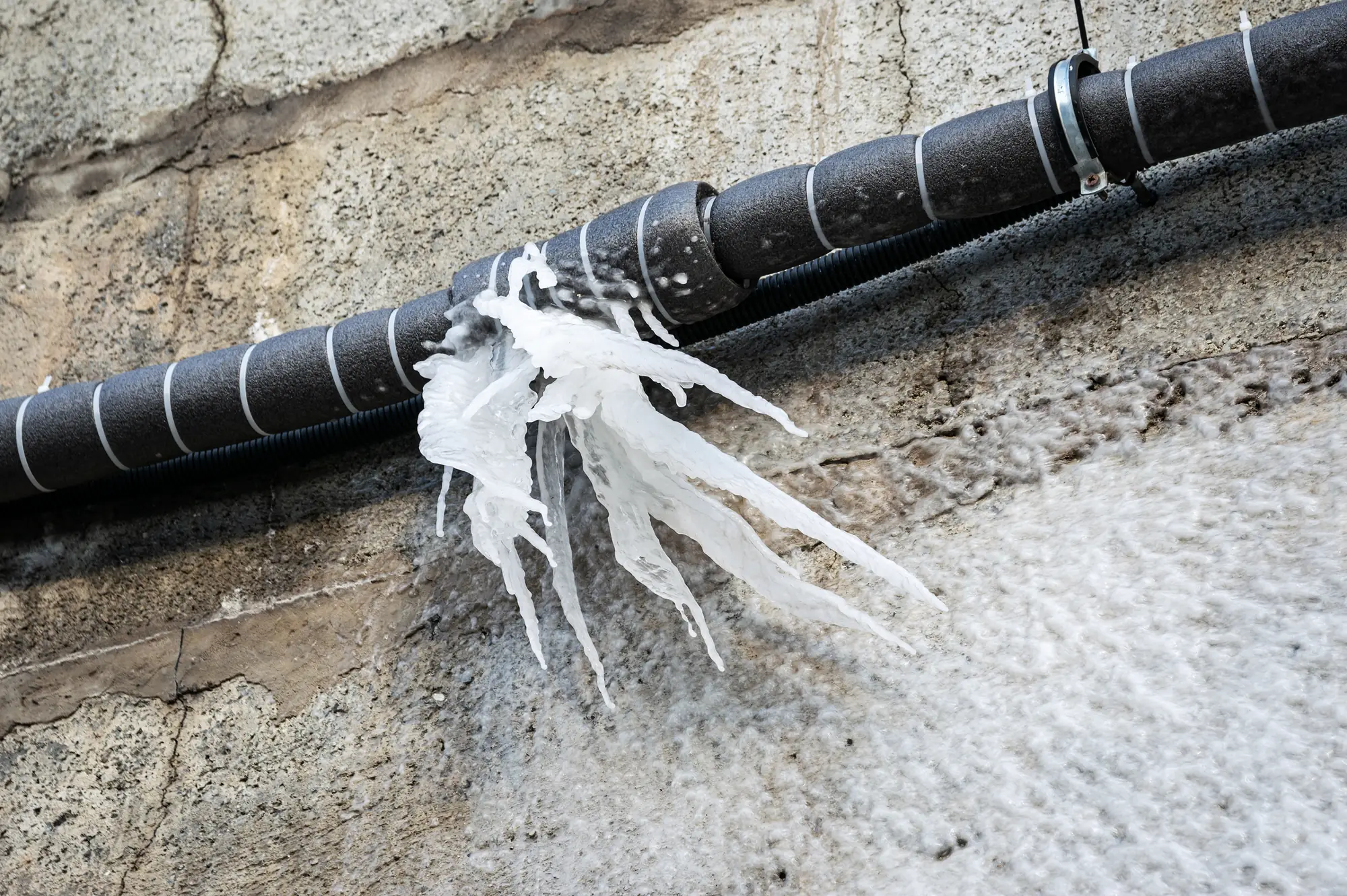
Hear From Our Customers
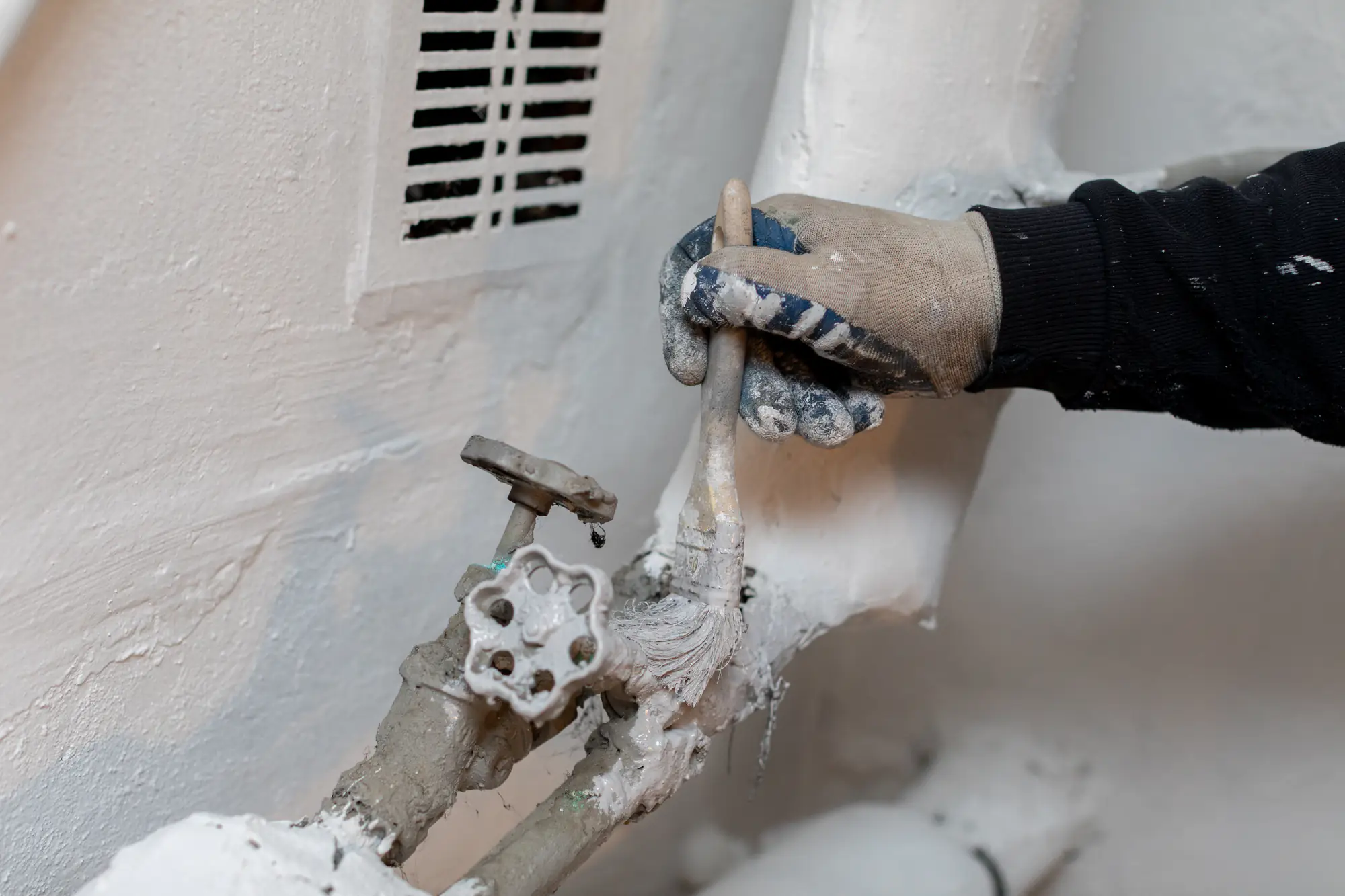
When your pipes freeze in Park Ridge’s brutal winters, every minute counts. A single crack can release 250 gallons of water, damaging your floors, walls, and everything you’ve worked for.
We get there fast—typically within 1-2 hours—with professional thawing equipment that safely restores your water flow. No guessing, no temporary patches that fail when you need them most.
You’ll have hot water for showers, working faucets for daily needs, and peace of mind knowing the job’s done right. We don’t just thaw your pipes; we inspect for damage and prevent future freezing so you’re not dealing with this again next cold snap.
We’ve been handling Park Ridge’s toughest plumbing emergencies for years. We know how Chicago’s extreme temperatures—dropping to 18°F in winter—turn your home’s plumbing into a ticking time bomb.
Our trucks stay stocked with professional pipe-thawing equipment year-round. When temperatures hit 32°F or below, we’re already on standby because we know the calls are coming.
Park Ridge homeowners trust us because we show up when we say we will, fix what’s broken, and don’t disappear until you’re completely satisfied. We’re not the cheapest option—we’re the one that works when you need it most.
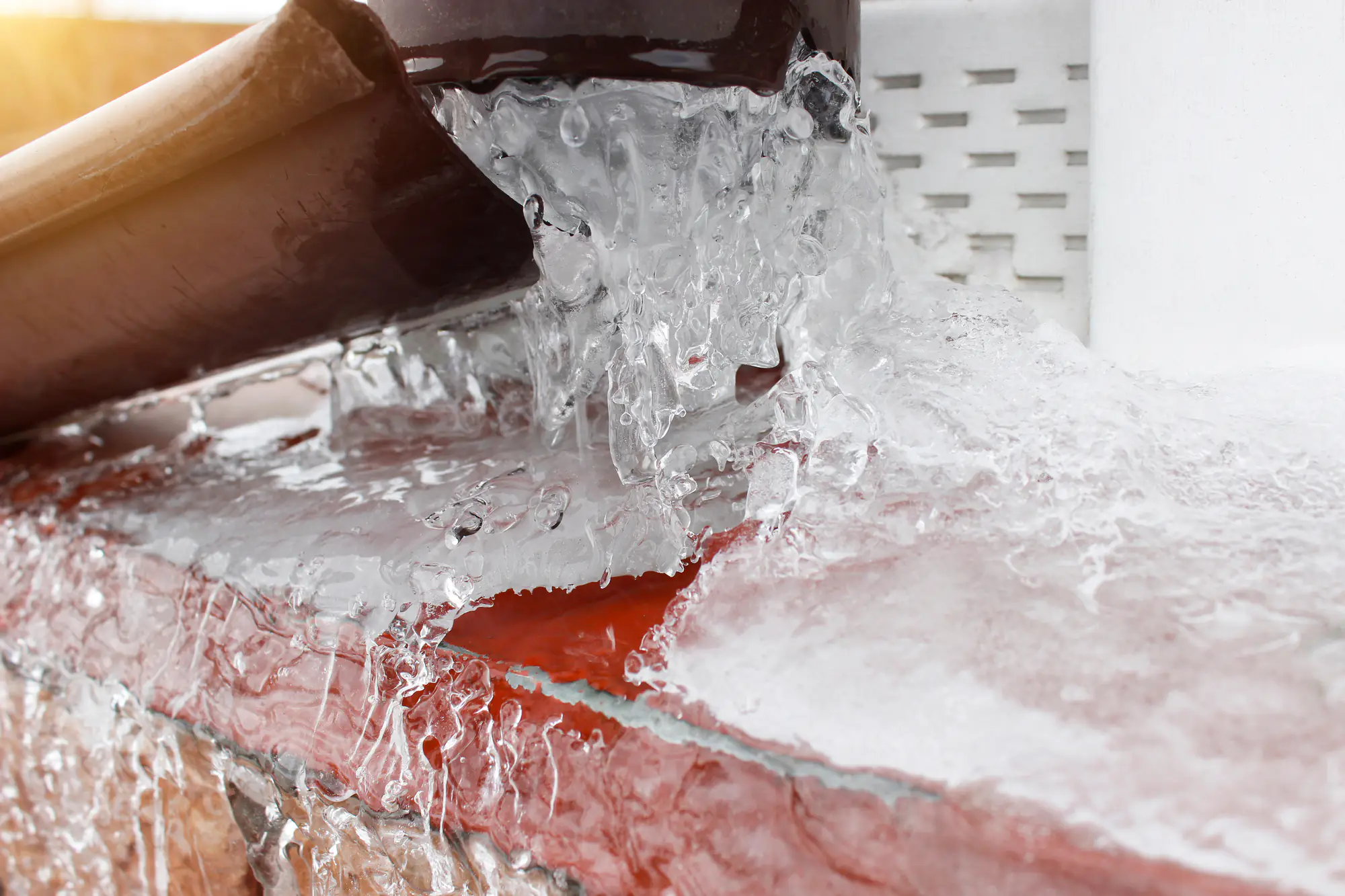
First, we locate the frozen section using professional detection equipment—no guesswork or tearing up walls unnecessarily. Most frozen pipes in Park Ridge, IL homes are in basements, crawl spaces, or areas where heating failed overnight.
Next, we safely thaw the pipe using controlled heat application. We never use open flames or excessive heat that could cause the pipe to burst. Our equipment gradually warms the pipe until water flows normally again.
Finally, we test the entire system for damage and check other vulnerable areas. If we find cracks or weak spots, we fix them on the spot. Before we leave, we’ll show you how to prevent this from happening again and identify the warning signs to watch for.
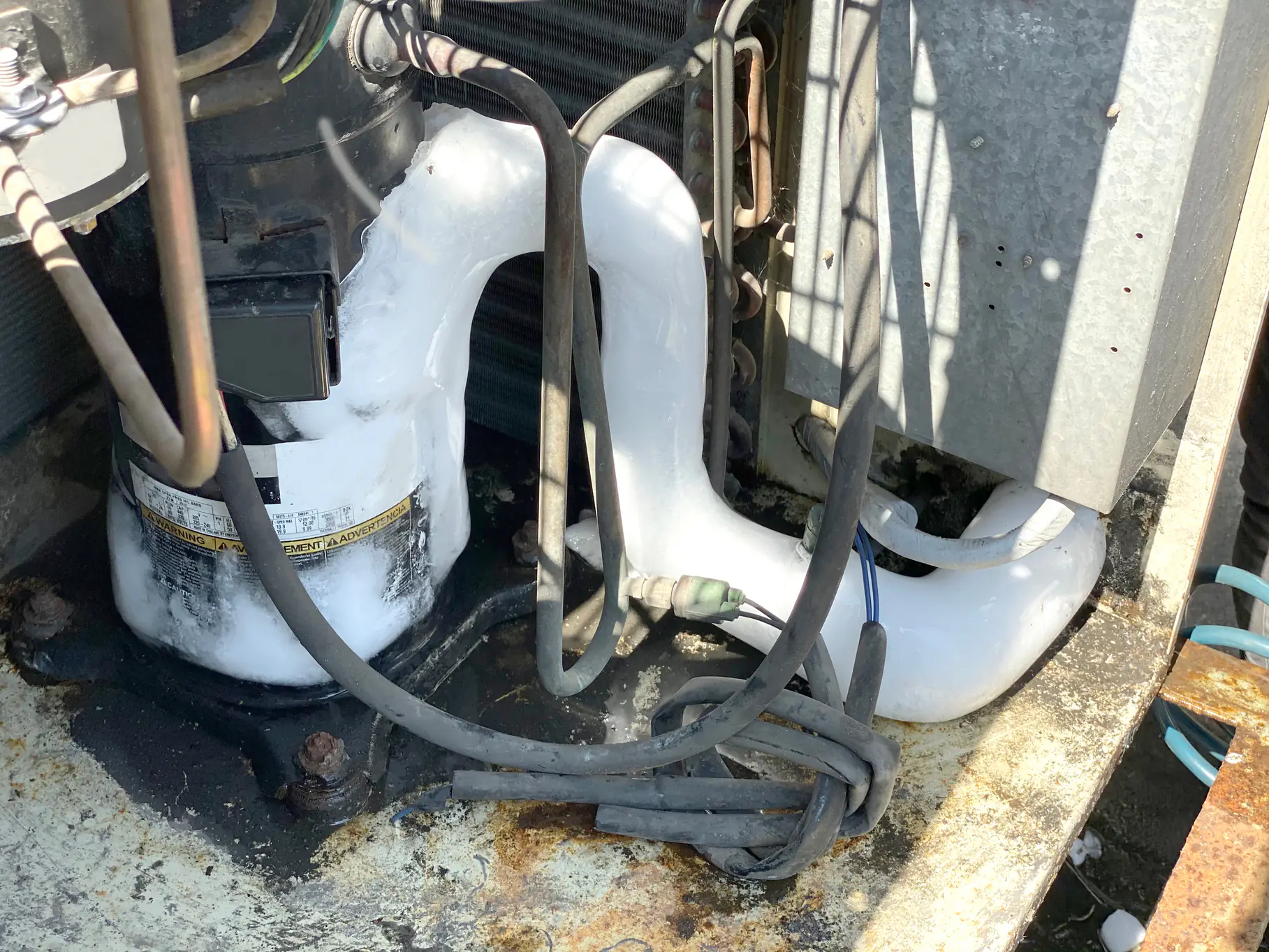
Ready to get started?
Our frozen pipe repair service includes everything you need to get back to normal. We bring professional thawing equipment, replacement parts for common repairs, and the expertise to handle Park Ridge’s specific winter challenges.
You get immediate pipe thawing, damage assessment using camera inspection when needed, and on-the-spot repairs for any cracks or breaks we find. We also provide pipe insulation recommendations and preventative plumbing maintenance tailored to your home’s layout.
Park Ridge’s older homes often have pipes in vulnerable locations—basements, exterior walls, and unheated areas. We know where to look and how to protect these problem spots. Every service call includes a brief inspection of other at-risk areas so you’re not surprised by another frozen pipe next week.
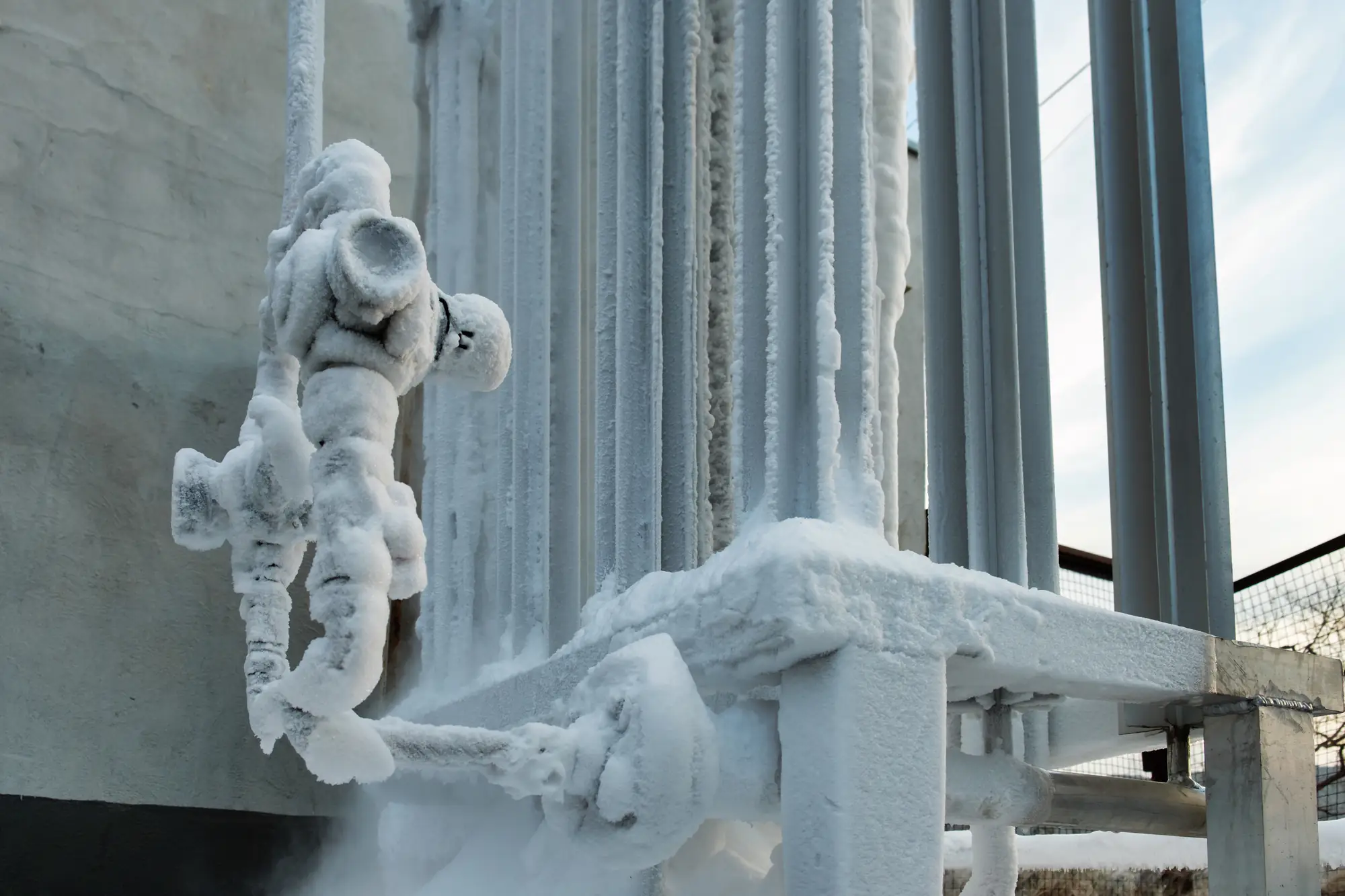
We typically arrive within 1-2 hours for frozen pipe emergencies in Park Ridge, IL. Our trucks stay stocked with thawing equipment during winter months, and we have technicians on standby when temperatures drop below freezing.
Time matters when pipes freeze because the longer they stay frozen, the higher the risk of bursting. We prioritize these calls, especially when temperatures are expected to stay below 32°F for extended periods.
If you suspect frozen pipes—no water flow, strange sounds, or visible frost on exposed pipes—call immediately. Even if the pipe hasn’t burst yet, early intervention prevents costly water damage and gets your water flowing faster.
Park Ridge’s winter temperatures regularly drop to 18°F, and pipes freeze when temperatures hit 32°F or below for 6-8 hours. The most common cause is heating system failure during the night, leaving pipes in unheated areas vulnerable.
Pipes in basements, crawl spaces, exterior walls, and garages freeze first. Poor insulation, drafts from windows or doors, and pipes near exterior walls create perfect conditions for freezing. Even a small gap in insulation can expose pipes to freezing air.
Older Park Ridge homes often have pipes running through unheated areas that were never designed for Chicago’s extreme winters. We see this constantly—homes built decades ago when energy efficiency wasn’t a priority, leaving pipes exposed to temperature swings that modern homes avoid.
Never attempt to thaw pipes yourself. Using hair dryers, space heaters, or open flames can cause pipes to burst from rapid temperature changes or create fire hazards. We see expensive damage from DIY attempts regularly.
Professional thawing equipment applies controlled, gradual heat that safely restores water flow without shocking the pipe material. We also know how to identify which pipes are frozen and which might be damaged, preventing bigger problems.
The risk isn’t worth the savings. A burst pipe can release hundreds of gallons per hour, causing thousands in water damage. Professional thawing costs a fraction of water damage repairs and ensures the job’s done safely the first time.
Frozen pipe thawing typically costs less than the water damage a burst pipe creates. We provide upfront pricing before starting work, so you know exactly what you’re paying—no surprise charges for emergency calls.
The cost depends on pipe location, accessibility, and whether repairs are needed. Simple thawing jobs cost less than situations requiring pipe replacement or water damage mitigation. We’ll assess the situation and give you a clear quote before proceeding.
Most homeowners insurance covers sudden pipe damage, including freezing and bursting. We can work with your insurance company and provide documentation for claims. The key is acting fast—insurance covers sudden damage, not gradual problems from neglect.
First, shut off your main water supply to prevent flooding if the pipe bursts while you’re waiting. The main shutoff is usually near where water enters your home, often in the basement or near the water meter.
Keep faucets slightly open to allow water to flow once thawing begins—moving water is less likely to freeze than standing water. Don’t use space heaters, hair dryers, or any heat source near the pipes; you could cause rapid expansion and bursting.
If you see water starting to leak, turn off electricity to affected areas and move belongings away from the leak. Take photos for insurance purposes, but prioritize safety over documentation. We’ll handle the technical work when we arrive.
Keep your home temperature at least 55°F, even when you’re away. The most common cause of frozen pipes is heating system failure overnight, so regular furnace maintenance is crucial before winter hits.
Insulate pipes in unheated areas like basements, crawl spaces, and garages. Pay special attention to pipes along exterior walls or in areas where cold air can enter. Seal gaps around pipes where they enter through walls or floors.
Let faucets drip slightly during extreme cold snaps—moving water resists freezing better than standing water. Open cabinet doors under sinks to let warm air circulate around pipes. These simple steps prevent most freezing issues in Park Ridge homes.